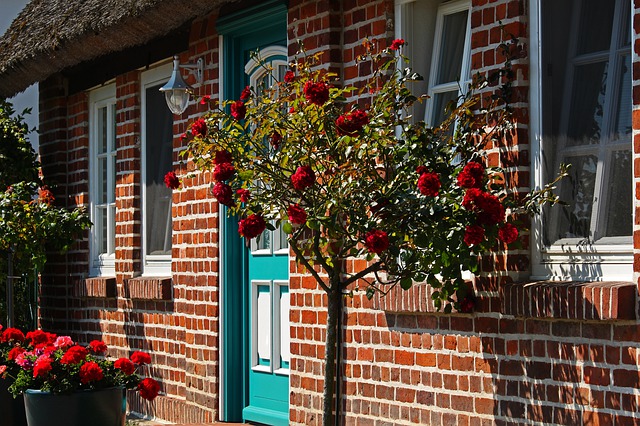Introduction
When it comes to real estate photography, choosing the right lens is crucial to capture the essence of a property and showcase its best features. The lens you use can significantly impact the quality and composition of your photos. In this article, we will explore the different types of lenses commonly used in real estate photography and discuss their advantages and disadvantages.
Wide-Angle Lenses
One of the most popular choices for real estate photography is a wide-angle lens. These lenses have a focal length typically ranging from 10mm to 24mm, allowing you to capture a wider field of view. The wider perspective helps showcase the spaciousness of rooms and allows you to fit more of the scene into the frame. Wide-angle lenses are particularly useful when photographing small spaces or capturing the entire room in a single shot. However, it’s important to be mindful of distortion and ensure that lines remain straight.
Zoom Lenses
Zoom lenses offer versatility by allowing you to adjust the focal length within a range. They are a popular choice for real estate photographers as they provide flexibility in composing shots. A zoom lens with a focal length range of 24mm to 70mm or 24mm to 105mm is commonly used for capturing a variety of shots, from wide-angle room shots to closer details. The ability to zoom in and out without changing lenses can save time and effort during a shoot. However, keep in mind that zoom lenses may not provide the same wide-angle perspective as dedicated wide-angle lenses.
Prime Lenses
Prime lenses have a fixed focal length, meaning they do not zoom in or out. These lenses are known for their sharpness, clarity, and ability to capture fine details. Prime lenses with focal lengths between 24mm and 35mm are often favored by real estate photographers. While they may require more movement and positioning to frame the shot, prime lenses can produce stunning image quality and are particularly useful in low-light situations. However, the lack of zoom may limit your ability to capture a wide field of view in tight spaces.
Tilt-Shift Lenses
Tilt-shift lenses are specialized lenses that allow you to control perspective and correct distortion. They are commonly used in architectural photography, including real estate photography. These lenses can help straighten lines and correct converging verticals, ensuring that buildings and structures appear more natural and upright in photos. Tilt-shift lenses are especially useful when photographing tall buildings or interiors with prominent vertical lines. However, they tend to be more expensive and require some practice to master their unique functionality.
Conclusion
Choosing the right lens for real estate photography is essential for capturing stunning images that effectively showcase a property’s features. Wide-angle lenses provide a broader perspective, while zoom lenses offer versatility. Prime lenses excel in image quality and low-light situations, while tilt-shift lenses correct distortion and perspective issues. Consider the specific requirements of each shoot and experiment with different lenses to find the perfect fit for your real estate photography needs.
References
– Digital Photography School: https://digital-photography-school.com/
– B&H Photo Video: https://www.bhphotovideo.com/
– Photography Life: https://photographylife.com/












